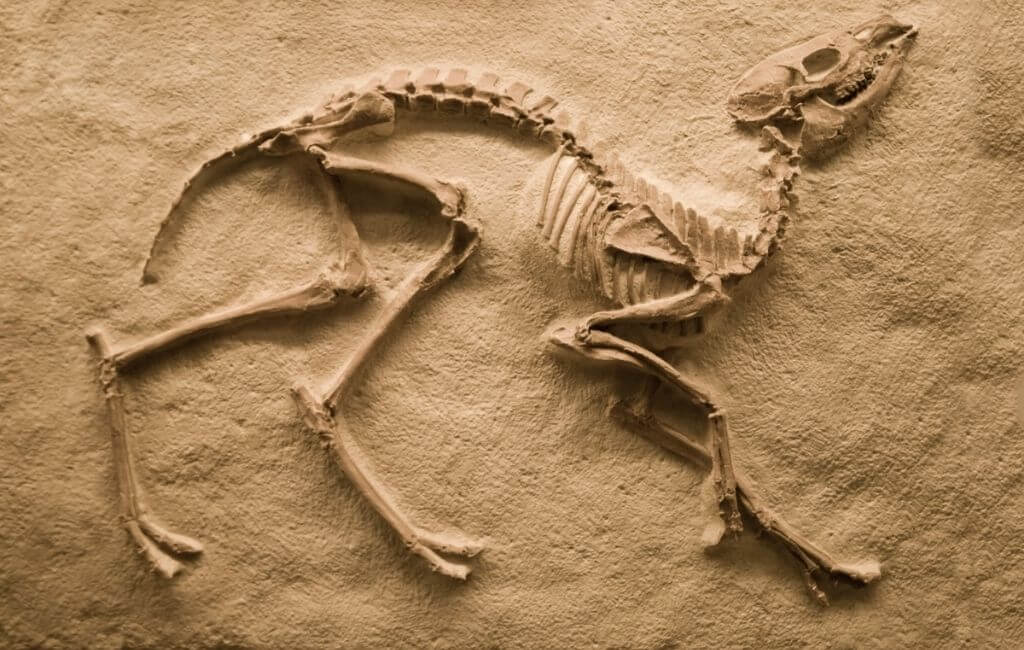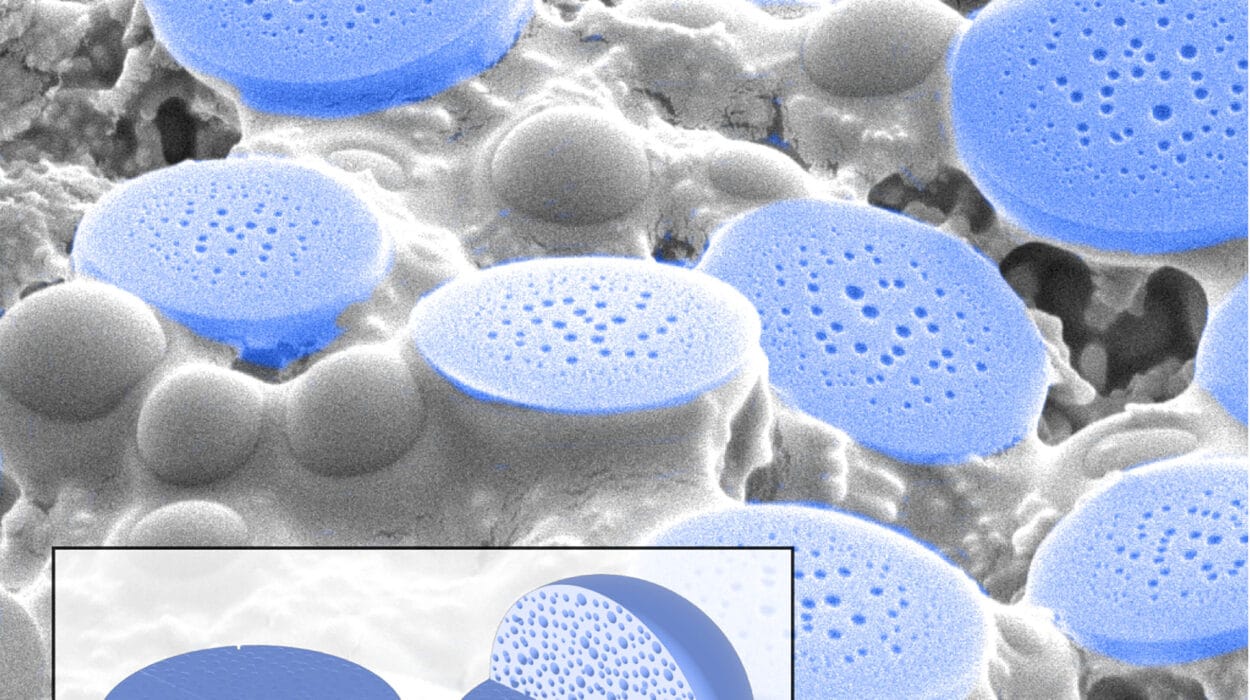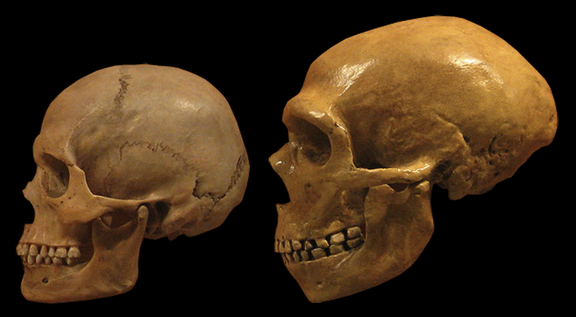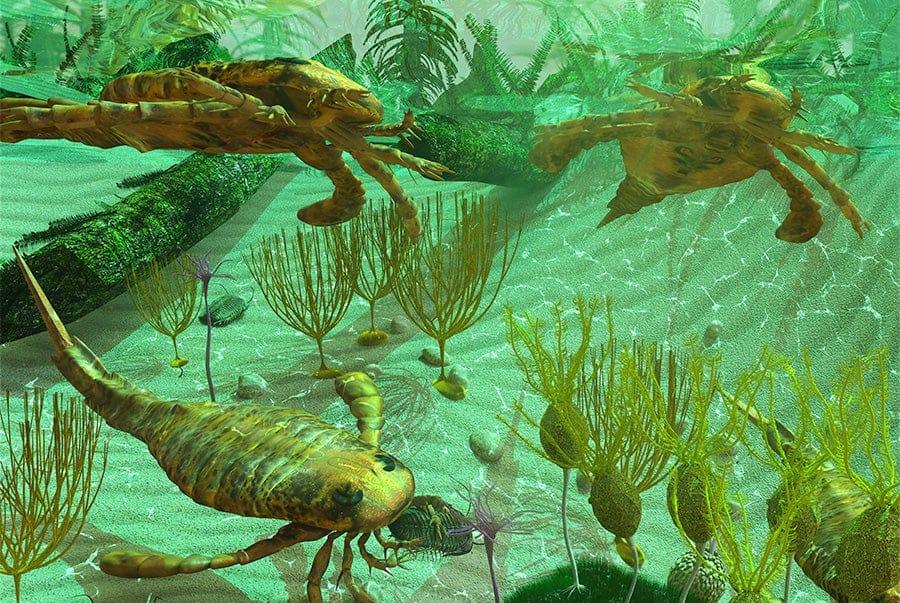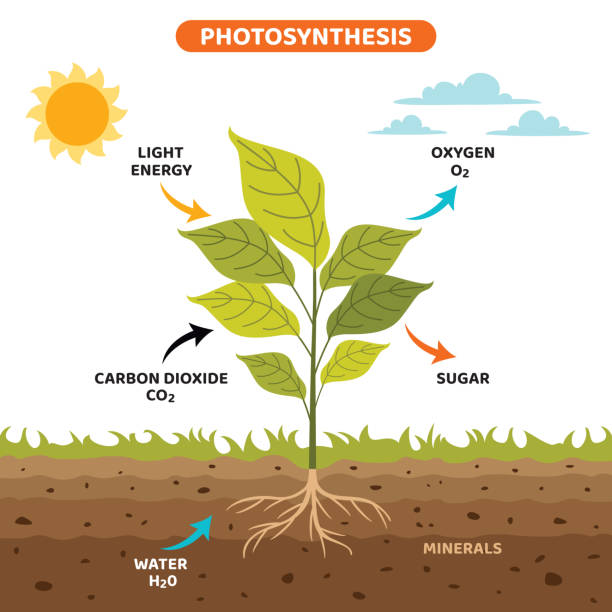There is something haunting about a fossilized creature curled into itself, as though caught in a final shiver or moment of surrender. Across the ancient record of life on Earth, we find ammonites in tight spirals, trilobites hunched in defensive balls, dinosaur embryos curled in unhatched eggs, and fish twisted as though surprised by death. These are more than artifacts of stone—they are frozen echoes of once-living beings whose final posture has transcended time.
Why do some fossils appear curled or twisted? Is it how they died, or how they were buried, or how the Earth slowly reclaimed their bodies over millennia? This seemingly simple question unspools a rich tapestry of biological behavior, geology, chemistry, and the delicate process of fossilization. Understanding these shapes is not just about explaining bone or shell contortions—it’s about reading a story written in deep time, where every spiral, bend, or coil is a letter in the language of the prehistoric world.
The Art of Death Poses
Paleontologists have a term for the curled-up posture seen in many fossilized animals, especially dinosaurs and birds. It’s called the opisthotonic posture—a rigid arching of the neck and tail that creates a twisted shape. First-time viewers might mistake it for a creature in agony, frozen mid-scream, but the truth is more subtle and more tragic.
The opisthotonic posture is not a scream of death; it’s the whisper of decay. In animals with strong muscles and flexible spines, such as theropod dinosaurs and early birds like Archaeopteryx, the muscles on the back of the neck and tail naturally contract after death. This contraction can cause the head and tail to arch backward dramatically. In life, this movement would be impossible or even harmful. In death, it’s a common consequence of how tendons and muscles lose tension unevenly.
But this death pose also depends heavily on how the body is buried. Rapid burial in volcanic ash, fine silt, or underwater mud helps preserve these dramatic contortions. If the carcass is scavenged, trampled, or allowed to decay too long on the surface, such poses are rarely preserved. This is why the most beautifully twisted fossils are also among the best-preserved—they died in moments of sudden catastrophe and were buried almost immediately.
Curled for Protection: Behavior Imprinted in Fossils
Some creatures didn’t twist in death—they curled in life. Trilobites, the armored ancestors of modern arthropods, often appear rolled into tight balls in the fossil record. This was not an artifact of death, but a defense mechanism. Like pill bugs and armadillos, trilobites curled up to protect their vulnerable undersides from predators. The discovery of hundreds of curled trilobites in mass death assemblages tells us not only about the moment they died, but how they lived and responded to fear.
In certain cases, entire groups of trilobites died while still curled. These clusters might represent individuals caught off guard by a sudden drop in oxygen, a toxic bloom, or a sandstorm underwater. Their position in death preserves their behavior in life—an ancient snapshot of panic, frozen under layers of sediment.
Ammonites, too, often show curled forms. But in their case, the spiral is built-in—part of their very architecture. These extinct relatives of squids and octopuses lived in tightly coiled shells. Their fossilized remains, with their golden spirals and intricate chambering, are among the most iconic fossils in the world. Their twist was not caused by trauma or muscle contractions, but by a design perfected through evolution—a shell shape that combined buoyancy, strength, and compactness.
Twisting Through the Ages: What Fossils Tell Us About Earth’s Movements
Not all fossil twists are the result of biology. Sometimes, the Earth itself contorts the remains. Over millions of years, rocks that once rested quietly on the seafloor can be uplifted, folded, or compressed by tectonic forces. This geologic stress can twist bones, shells, and even entire fossil beds.
In regions of intense metamorphism—where rocks have been deeply buried and exposed to heat and pressure—fossils may appear bent, crumpled, or stretched. These distortions are geological, not biological. They represent not the death of the organism, but the violent life of the planet itself.
The study of such twisted fossils allows scientists to reconstruct the geological history of mountain belts and tectonic collisions. A fossilized shell that once lived flat on a calm seabed may now be found at a 90-degree angle, high in a mountain range. Its position tells a story not just of marine life, but of uplift, folding, and continental drift. In this way, twisted fossils become storytellers of Earth’s deep tectonic memory.
The Role of Decay and Water
Fossilization is not a single event but a sequence—a choreography of decay, burial, mineralization, and geological transformation. The positions we see in fossils are shaped by what happens immediately after death as much as by the life that preceded it.
In aquatic environments, water plays a crucial role. A fish that dies in a lake or shallow sea begins to bloat as bacteria produce gases in its gut. This can cause the body to rise to the surface, roll, or curl. As decay continues, muscles tighten and loosen unevenly. If the fish sinks back down and is buried quickly, these curling effects may be preserved. If not, the body may be destroyed entirely by scavengers or wave action.
In other cases, drying out can twist the body. Small animals buried in desert sandstorms or volcanic ash may undergo mummification-like drying, causing skin and muscles to contract. The result is a curled or twisted posture that mimics rigor mortis but is driven by desiccation.
Even plant fossils can show curling. Ferns and leaves may dry and curl before being compressed in rock. In fossil forests buried by volcanic eruptions, tree branches and leaves often show unnatural twists, evidence of wind or thermal shock just before burial.
The Poetry of Fossil Embryos
Some of the most poignant curled fossils are those of unborn creatures—embryos preserved within eggs or wombs. Fossilized dinosaur embryos, curled tightly in their shells, mirror the positions of modern bird embryos. These tiny skeletons, often no more than a few inches long, reveal how ancient life developed before birth.
The curled position is not a sign of death, but of life about to begin. In this posture, heads are tucked, limbs are folded, and spines are curved—just like chicks inside eggs today. These fossils offer rare glimpses into the reproductive biology of extinct species and allow scientists to draw stunning parallels between ancient reptiles and modern birds.
Some fossil embryos are preserved in such exquisite detail that individual teeth, bones, and even soft tissues can be studied. These revelations do more than inform us about anatomy—they humanize the prehistoric world. They remind us that every giant dinosaur was once a curled embryo, trembling with latent life.
When Death Was Sudden: Catastrophe in the Fossil Record
Catastrophic death events often leave behind fossils in extraordinary poses. Entire fish schools preserved mid-swim, pterosaurs with wings folded like blankets, or reptiles twisted in their final moments of panic. These are not the products of slow burial but of sudden, overwhelming disaster.
Volcanic eruptions, undersea landslides, and mudflows (known as lahars) can smother life in seconds. At sites like the Messel Pit in Germany or the famous La Brea Tar Pits in California, the fossil record captures not just the remains but the moment of death itself. Twisted tails, arched necks, and limp wings frozen in place tell a story of life interrupted.
In some Lagerstätten—exceptional fossil deposits—such preservation is so complete that skin, stomach contents, and behavioral poses are visible. A fish caught mid-bite. A predator entangled with its prey. The twist or curl in these fossils becomes more than anatomy—it becomes drama, capturing the silent theater of extinction.
Chemical Sculptors: How Minerals Shape the Final Pose
As fossils mineralize, the chemistry of surrounding sediments can influence their final appearance. The replacement of organic tissue with minerals like calcite, silica, or iron can sometimes cause expansion, contraction, or even slight movement. A fossil that began as a gentle arc may become more exaggerated through diagenesis—the chemical changes that happen during fossilization.
In some marine fossils, mineral growth follows the lines of biological tissue. In others, crystal patterns can distort or obscure original features. These chemical shifts can create spirals, rings, or irregularities that weren’t present in life or death. In this way, the mineral world collaborates with biology and geology to create a final fossil form—an artwork born of decay and rebirth.
Understanding these processes requires not just paleontology but geochemistry and microscopy. Fossils are studied not just for what they look like, but for how they are composed, what minerals replaced their flesh, and how those minerals moved, spread, and grew.
A Paleontological Detective Story
To decipher a twisted or curled fossil is to become a kind of forensic pathologist for deep time. Every contortion must be examined in context. Was it caused by muscle contractions after death? A defense behavior? The weight of burial? The pressure of tectonics? Or the transformation of minerals?
Scientists examine the surrounding sediment, the articulation of the bones, and the consistency of patterns across multiple specimens. A single curled trilobite might mean little—but a bed full of them tells a compelling story. Likewise, a dinosaur in a death pose might hint at drowning, disease, or volcanic suffocation.
New imaging technologies—such as synchrotron scanning and 3D photogrammetry—allow researchers to peer inside fossils without destroying them. This has revolutionized our understanding of posture, stress marks, and even internal organs. What once seemed like random twists are now recognized as clues.
Every fossil is a mystery. But when seen through the lens of science and empathy, even the most twisted shapes become meaningful.
The Emotional Power of Shape
There is something viscerally emotional about curled fossils. They evoke empathy in ways that flat, lifeless bones do not. A baby dinosaur curled in its egg speaks to us across 100 million years with a kind of fragile innocence. A fish twisted mid-swim feels like a silent gasp. A trilobite rolled in fear makes us imagine the predator it never escaped.
Fossils are not just relics of time; they are emotional mirrors. When we see contorted shapes, we can’t help but imagine ourselves in them. The drama of life, the terror of death, the struggle for survival—it’s all there, etched in stone. This is not anthropomorphism. It’s recognition. Life then and life now are bound by the same instincts.
Scientists maintain objectivity. But many will admit, in unguarded moments, that a well-preserved fossil can feel like a conversation with the past. The curl of a spine, the twist of a limb—it’s like holding hands with history.
Conclusion: Twists That Tell the Truth
So why are some fossils curled or twisted?
Because muscles remember, even after death. Because fear shapes behavior, even in extinction. Because water carries the dead like dancers. Because the Earth itself bends and breaks. Because minerals recompose the lost. And because life, even in its final moments, rarely lies still.
Curled fossils are not mistakes or curiosities. They are honest portraits of existence—sometimes serene, often violent, always revealing. They tell us how things lived, how they died, and how they endured. In their twists, we find truth. In their stillness, we find motion. And in their silence, we hear the whispers of an ancient world, echoing through rock and time.
